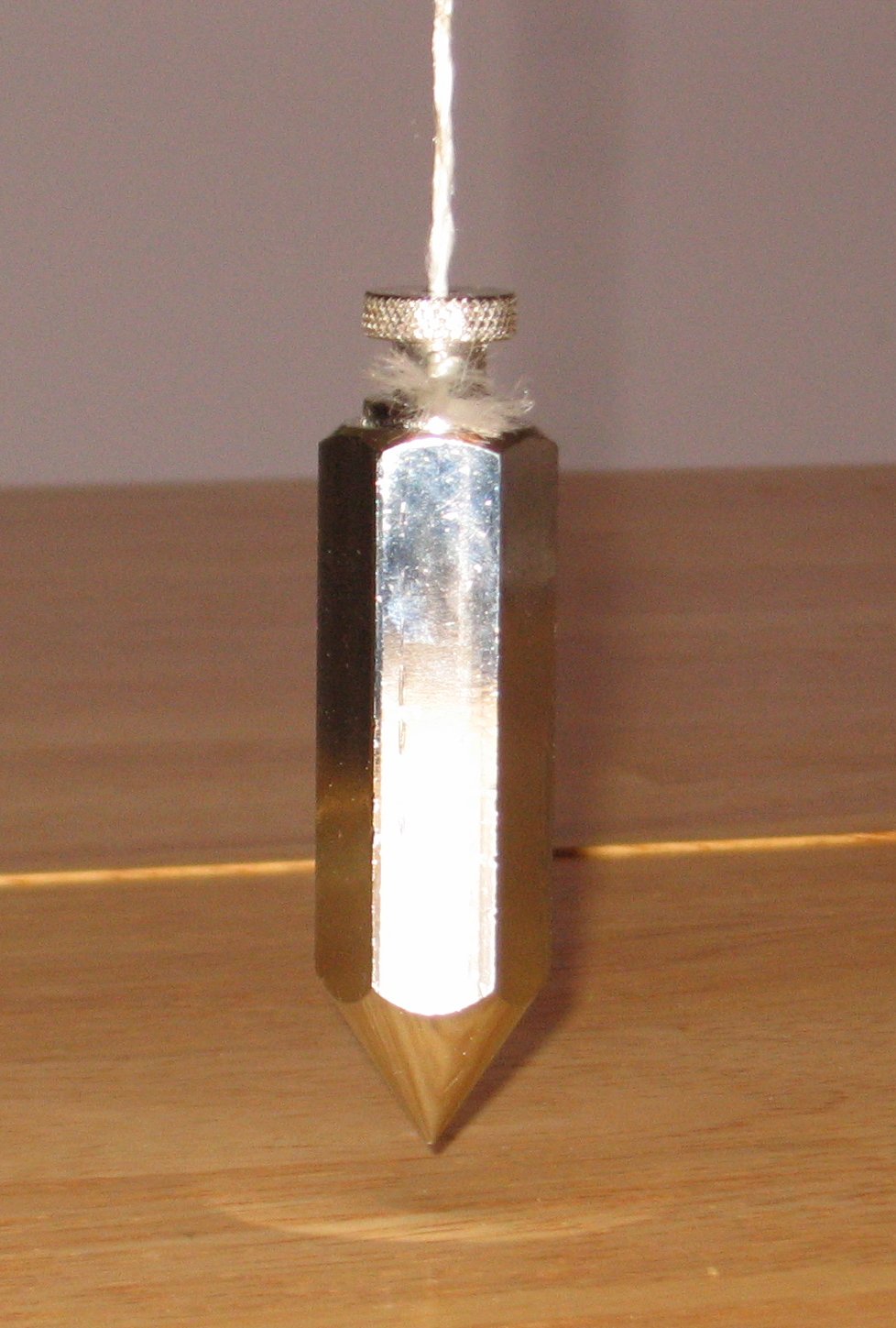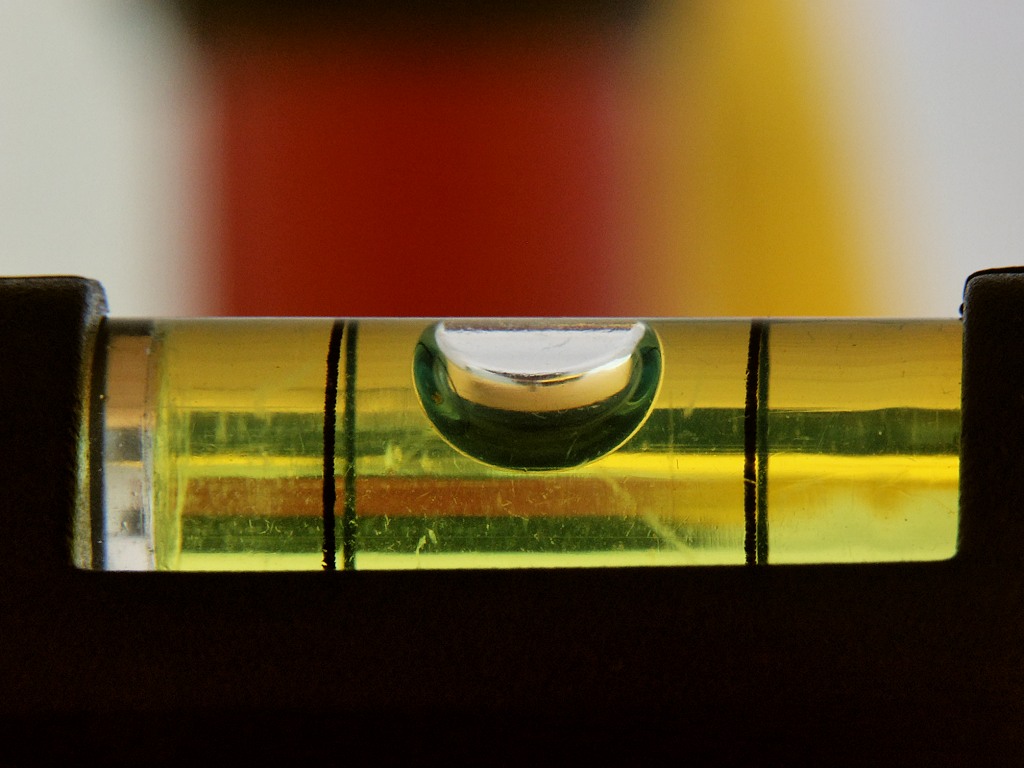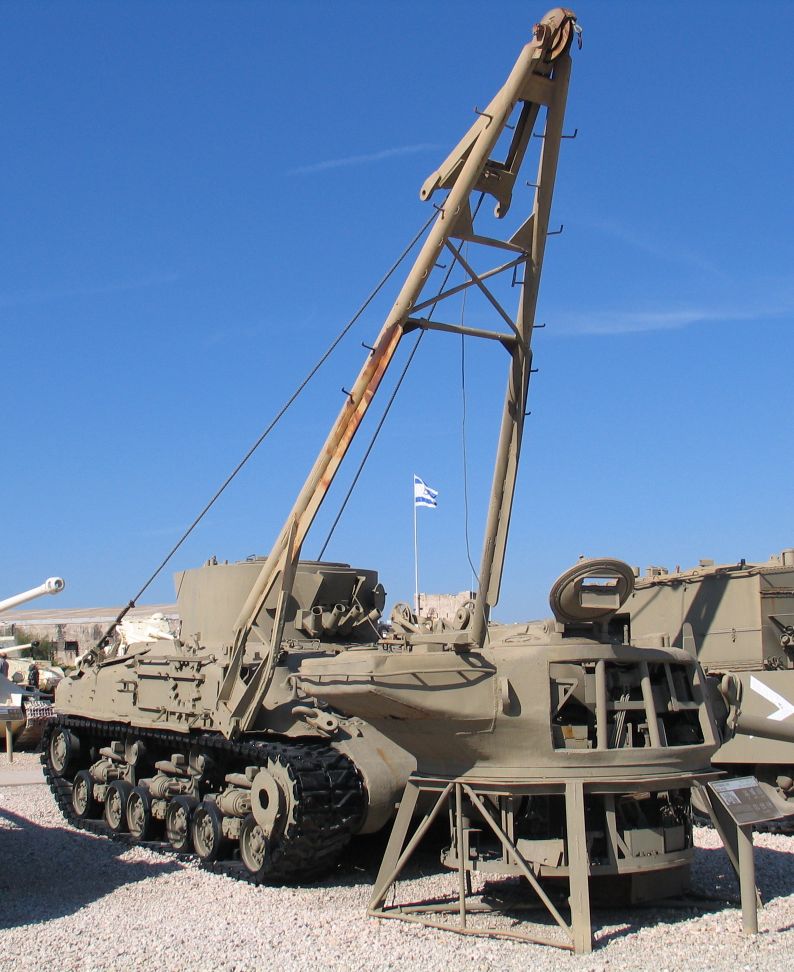|
Plumb-bob
A plumb bob, plumb bob level, or plummet, is a weight, usually with a pointed tip on the bottom, suspended from a string and used as a vertical reference line, or plumb-line. It is a precursor to the spirit level and used to establish a vertical datum. It is typically made of stone, wood, or lead, but can also be made of other metals. If it is used for decoration, it may be made of bone or ivory. The instrument has been used since at least the time of ancient EgyptDenys A. Stocks. Experiments in Egyptian archaeology: stoneworking technology in ncient Egypt'. Routledge; 2003. . p. 180. to ensure that constructions are " plumb", or vertical. It is also used in surveying, to establish the nadir with respect to gravity of a point in space. It is used with a variety of instruments (including levels, theodolites, and steel tapes) to set the instrument exactly over a fixed survey marker or to transcribe positions onto the ground for placing a marker. Etymology The ''plu ... [...More Info...] [...Related Items...] OR: [Wikipedia] [Google] [Baidu] |
Survey Marker
Survey markers, also called survey marks, survey monuments, or geodetic marks, are objects placed to mark key survey points on the Earth's surface. They are used in geodetic and land surveying. A '' benchmark'' is a type of survey marker that indicates elevation ( vertical position). Horizontal position markers used for triangulation are also known as '' triangulation stations''. ''Benchmarking'' is the hobby of "hunting" for these marks. Types All sorts of different objects, ranging from the familiar brass disks to liquor bottles, clay pots, and rock cairns, have been used over the years as survey markers. Some truly monumental markers have been used to designate tripoints, or the meeting points of three or more countries. In the 19th century, these marks were often drill holes in rock ledges, crosses or triangles chiselled in rock, or copper or brass bolts sunk into bedrock. Today in the United States, the most common geodetic survey marks are cast metal disks with stampe ... [...More Info...] [...Related Items...] OR: [Wikipedia] [Google] [Baidu] |
Spirit Level
A spirit level, bubble level, or simply a level, is an instrument designed to indicate whether a surface is horizontal (level) or vertical ( plumb). Different types of spirit levels may be used by carpenters, stonemasons, bricklayers, other building trades workers, surveyors, millwrights and other metalworkers, and in some photographic or videographic work. Construction Early tubular spirit levels had very slightly curved glass vials with constant inner diameter at each viewing point. These vials are incompletely filled with a liquid, usually a colored spirit or alcohol, leaving a bubble in the tube. They have a slight upward curve, so that the bubble naturally rests in the center, the highest point. At slight inclinations the bubble travels away from the marked center position. Where a spirit level must also be usable upside-down or on its side, the curved constant-diameter tube is replaced by an uncurved barrel-shaped tube with a slightly larger diameter in its ... [...More Info...] [...Related Items...] OR: [Wikipedia] [Google] [Baidu] |
Plumb Bob
A plumb bob, plumb bob level, or plummet, is a weight, usually with a pointed tip on the bottom, suspended from a string and used as a vertical reference line, or plumb-line. It is a precursor to the spirit level and used to establish a vertical datum. It is typically made of stone, wood, or lead, but can also be made of other metals. If it is used for decoration, it may be made of bone or ivory. The instrument has been used since at least the time of ancient EgyptDenys A. Stocks. Experiments in Egyptian archaeology: stoneworking technology in ncient Egypt'. Routledge; 2003. . p. 180. to ensure that constructions are "plumb", or vertical. It is also used in surveying, to establish the nadir with respect to gravity of a point in space. It is used with a variety of instruments (including levels, theodolites, and steel tapes) to set the instrument exactly over a fixed survey marker or to transcribe positions onto the ground for placing a marker. Etymology The ... [...More Info...] [...Related Items...] OR: [Wikipedia] [Google] [Baidu] |
Center Of Gravity
In physics, the center of mass of a distribution of mass in space (sometimes referred to as the balance point) is the unique point where the weighted relative position of the distributed mass sums to zero. This is the point to which a force may be applied to cause a linear acceleration without an angular acceleration. Calculations in mechanics are often simplified when formulated with respect to the center of mass. It is a hypothetical point where the entire mass of an object may be assumed to be concentrated to visualise its motion. In other words, the center of mass is the particle equivalent of a given object for application of Newton's laws of motion. In the case of a single rigid body, the center of mass is fixed in relation to the body, and if the body has uniform density, it will be located at the centroid. The center of mass may be located outside the physical body, as is sometimes the case for hollow or open-shaped objects, such as a horseshoe. In the case of a d ... [...More Info...] [...Related Items...] OR: [Wikipedia] [Google] [Baidu] |
Figure Drawing
A figure drawing is a drawing of the human form in any of its various shapes and postures using any of the drawing media. The term can also refer to the act of producing such a drawing. The degree of representation may range from highly detailed, anatomically correct renderings to loose and expressive sketches. A life drawing is a drawing of the human figure, traditionally nude, from observation of a live model. Creating life drawings, or life studies, in a life class, has been a large element in the traditional training of artists in the Western world since the Renaissance. A figure drawing may be a composed work of art or a figure study done in preparation for a more finished work such as a painting. Figure drawing is arguably the most difficult subject an artist commonly encounters, and entire courses are dedicated to the subject. The human figure is one of the most enduring themes in the visual arts, and the human figure can be the basis of portraiture, illustration, sculptu ... [...More Info...] [...Related Items...] OR: [Wikipedia] [Google] [Baidu] |
Shock Absorber
A shock absorber or damper is a mechanical or hydraulic device designed to absorb and damp shock impulses. It does this by converting the kinetic energy of the shock into another form of energy (typically heat) which is then dissipated. Most shock absorbers are a form of dashpot (a damper which resists motion via viscous friction). Description Pneumatic and hydraulic shock absorbers are used in conjunction with cushions and springs. An automobile shock absorber contains spring-loaded check valves and orifices to control the flow of oil through an internal piston (see below). One design consideration, when designing or choosing a shock absorber, is where that energy will go. In most shock absorbers, energy is converted to heat inside the viscous fluid. In hydraulic cylinders, the hydraulic fluid heats up, while in air cylinders, the hot air is usually exhausted to the atmosphere. In other types of shock absorbers, such as electromagnetic types, the dissipated energy ... [...More Info...] [...Related Items...] OR: [Wikipedia] [Google] [Baidu] |
Skyscraper
A skyscraper is a tall continuously habitable building having multiple floors. Modern sources currently define skyscrapers as being at least or in height, though there is no universally accepted definition. Skyscrapers are very tall high-rise buildings. Historically, the term first referred to buildings with between 10 and 20 stories when these types of buildings began to be constructed in the 1880s. Skyscrapers may host offices, hotels, residential spaces, and retail spaces. One common feature of skyscrapers is having a steel frame that supports curtain walls. These curtain walls either bear on the framework below or are suspended from the framework above, rather than resting on load-bearing walls of conventional construction. Some early skyscrapers have a steel frame that enables the construction of load-bearing walls taller than of those made of reinforced concrete. Modern skyscrapers' walls are not load-bearing, and most skyscrapers are characterised by large surface ... [...More Info...] [...Related Items...] OR: [Wikipedia] [Google] [Baidu] |
A-frame Level
An A-frame is a basic structure designed to bear a load in a lightweight economical manner. The simplest form of an A-frame is two similarly sized beams, arranged in an angle of 45 degrees or less, attached at the top, like an uppercase letter 'A'. These materials are often wooden or steel beams attached at the top by rope, welding, gluing, or riveting. A-frames can be used as-is, as part of shears, or set up in a row along a longitudinal beam for added stability, as in a saw horse. More complex structures will often have crossmembers connecting the A-frames at different angles,"A-frame" (2009). ''Oxford English Dictionary'' Second Edition on CD-ROM (v. 4.0). Oxford University Press. forming a truss. Other structures that use A-frames * A-frame house * A-frame hydroponics system * A-frame contour measuring spirit level * A frame camping tent * A-frame complex, a motif in chemistry * Folding ladder * Double wishbone suspension (cars) * Some suspension bridges * Some swing ... [...More Info...] [...Related Items...] OR: [Wikipedia] [Google] [Baidu] |
Inclinometer
An inclinometer or clinometer is an instrument used for measuring angles of slope, elevation, or depression of an object with respect to gravity's direction. It is also known as a ''tilt indicator'', ''tilt sensor'', ''tilt meter'', ''slope alert'', ''slope gauge'', ''gradient meter'', ''gradiometer'', ''level gauge'', ''level meter'', ''declinometer'', and ''pitch & roll indicator''. Clinometers measure both inclines and declines using three different units of measure: degrees, percentage points, and topos. The astrolabe is an example of an inclinometer that was used for celestial navigation and location of astronomical objects from ancient times to the Renaissance. A ''tilt sensor'' can measure the tilting in often two axes of a reference plane in two axes. In contrast, a full motion would use at least three axes and often additional sensors. One way to measure tilt angle with reference to the earth's ground plane, is to use an accelerometer. Typical applications can ... [...More Info...] [...Related Items...] OR: [Wikipedia] [Google] [Baidu] |
Lot Hg
Lot or LOT or The Lot or ''similar'' may refer to: Common meanings Areas * Land lot, an area of land * Parking lot, for automobiles *Backlot, in movie production Sets of items *Lot number, in batch production *Lot, a set of goods for sale together in an auction; or a quantity of a financial instrument Chance *Sortition (drawing lots) ** Cleromancy, divination by casting lots **Arabian lots, or Arabic parts, an astrological divination technique People * Lot (name), including a list of people with the given name Characters * Lot (biblical person), figure in the Book of Genesis * King Lot, in Arthurian legend Places *Lot, Belgium, a village in the municipality of Beersel *Lot (department), in southwest France *Lot (river), in southern France *Lostock railway station, Bolton, England * Lewis University Airport, Illinois, United States * The Lot, the current name of Samuel Goldwyn Studio Arts and media *"Lot", a story by Ward Moore *Backlot, in movie production * '' The Lot'', is ... [...More Info...] [...Related Items...] OR: [Wikipedia] [Google] [Baidu] |
Tower
A tower is a tall structure, taller than it is wide, often by a significant factor. Towers are distinguished from masts by their lack of guy-wires and are therefore, along with tall buildings, self-supporting structures. Towers are specifically distinguished from buildings in that they are built not to be habitable but to serve other functions using the height of the tower. For example, the height of a clock tower improves the visibility of the clock, and the height of a tower in a fortified building such as a castle increases the visibility of the surroundings for defensive purposes. Towers may also be built for observation, leisure, or telecommunication purposes. A tower can stand alone or be supported by adjacent buildings, or it may be a feature on top of a larger structure or building. Etymology Old English ''torr'' is from Latin ''turris'' via Old French ''tor''. The Latin term together with Greek τύρσις was loaned from a pre-Indo-European Mediterranean lang ... [...More Info...] [...Related Items...] OR: [Wikipedia] [Google] [Baidu] |







_IF_24935.jpg)